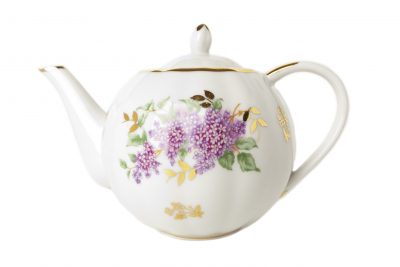
Ask anyone over 60 what “old” means to them, and it’s usually at least 10 years more than their age. Many people today simply don’t consider themselves “old” (and please DON’T refer to anyone as such without total consent!) Age is really just numbers and as the longevity revolution marches onward, the lines become very blurred.
Thanks to a growing universal access to clean water, sanitation, waste removal, electricity, refrigerators and vaccinations, and continued improvement in health care, demographers predict longevity will keep lengthening in the decades to come.
The fastest growing segment of the population are those 85+, which from some accounts might consider this segment of the population our “oldest of old”. Does that mean our “very old” are used up and residing in nursing care? If you haven’t observed an airport lately see how many of these “oldest of olds” are still traveling the world, some on adventure vacations!
Demographers have their work cut out for them in the years ahead. While we can be celebrating the possibility of extended life, this also leaves many who are wondering how we will meet the challenges of a fast aging society.
In the 1950s, less than 10 percent of the country was older than 65. That share will double to 20 percent by 2050. The longevity revolution will touch global economic and political life, the size of the labor force, the number and kinds of jobs the economy will require, and the productivity of the workforce. In short, aging affects everything,
How we view older people in our society has everything to do with how healthy we are as a nation. We are truly all connected, and as the lines of aging blur faster each day, it will be a matter of how we fare in a society where their no longer lines drawn in the sand as to when someone is “old”.
Personally, I don’t intend to get old. We’ll see how that works out – ask me in 30 years…and not a day before!
Pam Brandon is President/Founder or AGE-u-cate® Training Institute and a passionate advocate for older adults and those that serve them.
 I have always been a proponent that if something is just not working well, shifting gears may be a solution. Let’s face it – everything is changing fast these days, so much so that it seems as if technology leads the pack in shifting gears at every juncture of our daily lives.
I have always been a proponent that if something is just not working well, shifting gears may be a solution. Let’s face it – everything is changing fast these days, so much so that it seems as if technology leads the pack in shifting gears at every juncture of our daily lives. I was very fortunate, for when my sweet mom passed, no one else asked for “the teapot”. It wasn’t particularly pretty, and certainly of no monetary value. But to me it was priceless reminder of the tender moments we had together to talk about an endless number of topics that mothers and daughters share. Often accompanied by a scrumptious homemade sweet, we always had back-up favorites in the freezer so we were never without an accompaniment for our favorite Bigelows “Constant Comment”. When we weren’t chatting and sipping, we would often play a quick game of Yahtzee, Gin Rummy or in latter years, our absolute favorite go- to game, Rumikub.
I was very fortunate, for when my sweet mom passed, no one else asked for “the teapot”. It wasn’t particularly pretty, and certainly of no monetary value. But to me it was priceless reminder of the tender moments we had together to talk about an endless number of topics that mothers and daughters share. Often accompanied by a scrumptious homemade sweet, we always had back-up favorites in the freezer so we were never without an accompaniment for our favorite Bigelows “Constant Comment”. When we weren’t chatting and sipping, we would often play a quick game of Yahtzee, Gin Rummy or in latter years, our absolute favorite go- to game, Rumikub. We all know that the only thing certain about our life is that someday it will end. And yet death continues to be an elusive topic in most families and social circles. Someone recently shared with me that she felt if she brought up the topic with her parents, they might feel like she wanted to hurry things along.
We all know that the only thing certain about our life is that someday it will end. And yet death continues to be an elusive topic in most families and social circles. Someone recently shared with me that she felt if she brought up the topic with her parents, they might feel like she wanted to hurry things along.